Kentucky’s bluegrass, white fences, and famous Thoroughbreds tempt visitors to wander closer than they should. Many travelers do not realize that those postcard scenes are usually private workplaces with tight biosecurity rules. This guide explains why trespassing keeps happening and how to see horses responsibly without breaking the law. Read on for practical tips, vetted resources, and better options that keep both guests and horses safe.
1. Misreading Private Property as Public Scenery
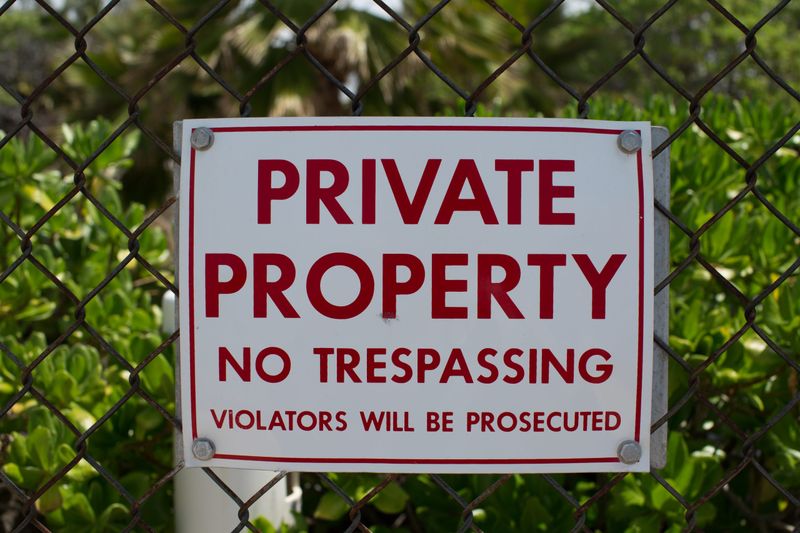
In Kentucky, rolling pastures often sit right beside scenic byways, which can make private land feel open to the public. Visitors stop for photos, then step over a fence line without seeing posted notices tucked on gates or tree lines.
Local sheriffs report that many trespass incidents begin as harmless curiosity that escalates into an unwanted approach to barns or paddocks. Owners maintain liability insurance and warning signs, but these are sometimes missed during sunrise or dusk photo stops. Treat every fence, gate, or gravel lane as private unless a sign clearly welcomes visitors. If you want the same views without risk, plan a route using public turnouts and designated overlooks listed by county tourism offices.
Kentucky’s Travel Industry Association and VisitLEX both promote mapped scenic drives that respect property boundaries. A few minutes of planning can prevent an uncomfortable conversation and keep your trip stress free.
2. Biosecurity Rules Most Tourists Never Hear About
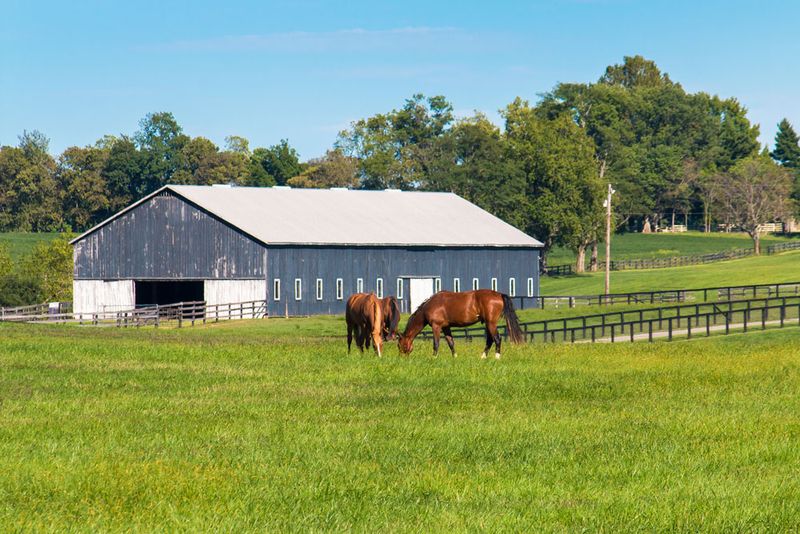
Horse farms in Kentucky limit access to reduce disease risks, especially during breeding and foaling seasons. People can unknowingly carry pathogens on shoes or clothing, and vehicles track in contaminants from other farms or trails.
Many facilities use footbaths, visitor logs, and restricted zones to protect foals and mares. Approaching a fence to pet a horse, tossing a snack, or leaning over a stall window can undermine these protocols. The University of Kentucky’s Veterinary Diagnostic Laboratory and equine extension publications explain why small lapses become big problems. Farms that host tours clean and schedule for this, while private barns are not set up for drop-ins.
If you want close contact, choose a public tour where hygiene steps are built in. Respecting biosecurity is not just polite, it protects livelihoods and the animals that make Kentucky famous. When in doubt, admire from the road and keep hands to yourself.
3. Navigation Apps That Lead to Farm Lanes
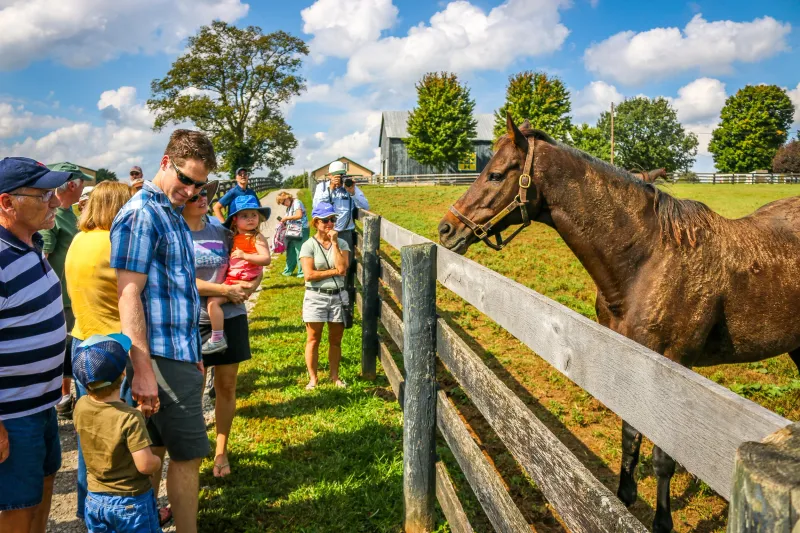
Map apps sometimes route drivers down the shortest path, which can be a private farm lane rather than a public road. Visitors following a pin for a viewpoint, mural, or historic marker occasionally end up in service drives used for feed deliveries or vet visits.
Rural addressing can be quirky, and multiple entrances may share similar names. Locals recommend double checking county GIS maps and looking for public access markers before turning onto gravel. If an app says you have arrived but you see barns, equipment, and no parking signs, keep moving. Tourism offices in Lexington, Georgetown, Versailles, and Paris publish verified directions to major attractions that avoid private gates.
Save offline maps for attractions like the Kentucky Horse Park, Old Friends, or Claiborne Farm, which have signed entrances. A few seconds of route validation can prevent a startled farmer and an awkward turnaround in a busy yard.
4. Photo Ops Turning Into Property Encounters
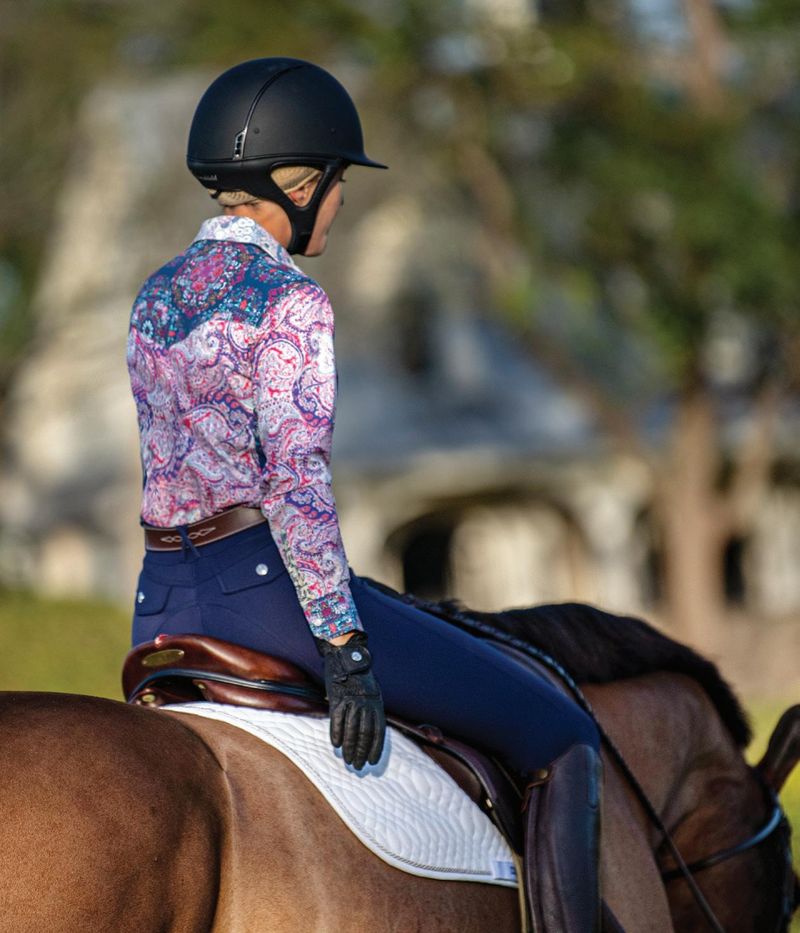
Great light and famous bloodlines invite photographers to creep closer than they should. Long lenses minimize disturbance, yet many visitors step up to fences for a clean foreground, which can spook foals or stallions.
Kentucky State Police and county constables occasionally respond when photo sessions block gates or park on shoulders that double as farm access. Photographers can plan ethical shots by using public pull offs, asking permission in advance, and avoiding breeding sheds or foaling barns entirely. Golden hour is beautiful, but it often overlaps with feeding and turnout changes, when animals are more active and workers are busiest.
Check sunrise and sunset timings, then choose a roadside vantage well clear of driveways. Respecting working rhythms keeps everyone safe and preserves the welcome Kentucky extends to respectful guests. Great images come from patience, not proximity, especially around valuable horses.
5. Misunderstanding Which Farms Offer Tours
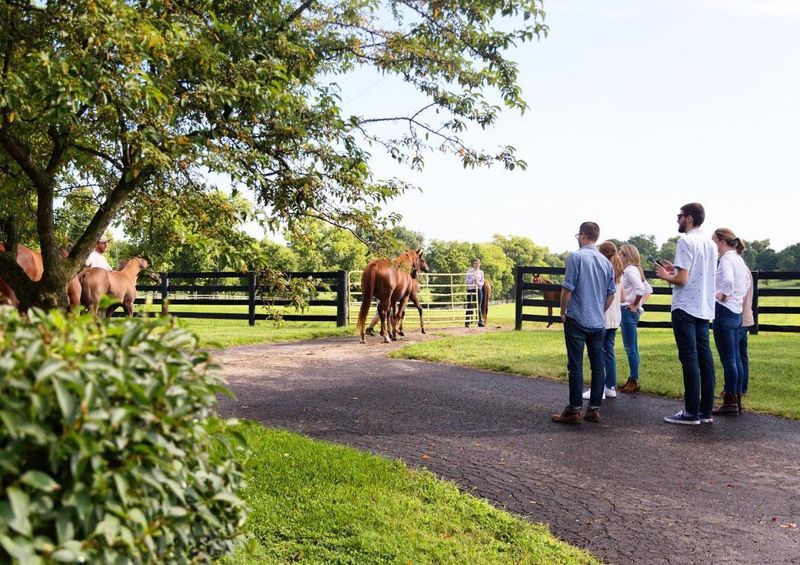
Kentucky has a mix of public attractions and private breeding operations, and not all famous names host daily tours. Visitors see recognizable stallion banners or iconic barns and assume walk up access is available. In reality, most premier farms require advance reservations, set group sizes, and guided routes managed by partners such as Horse Country.
Showing up without a booking leads to turnaways or trespass calls when guests try side gates. Before you go, check farm websites or Horse Country’s current schedule for availability and seasonal closures. Consider alternatives that welcome drop ins, including the Kentucky Horse Park’s museums and scheduled barn encounters, or Old Friends in Georgetown, which runs daily tours.
Kentucky tourism sites keep updated lists as policies change. Planning through official channels leads to richer stories, safer interactions, and fewer disappointments at closed gates.
6. Cultural Curiosity Meeting Property Law
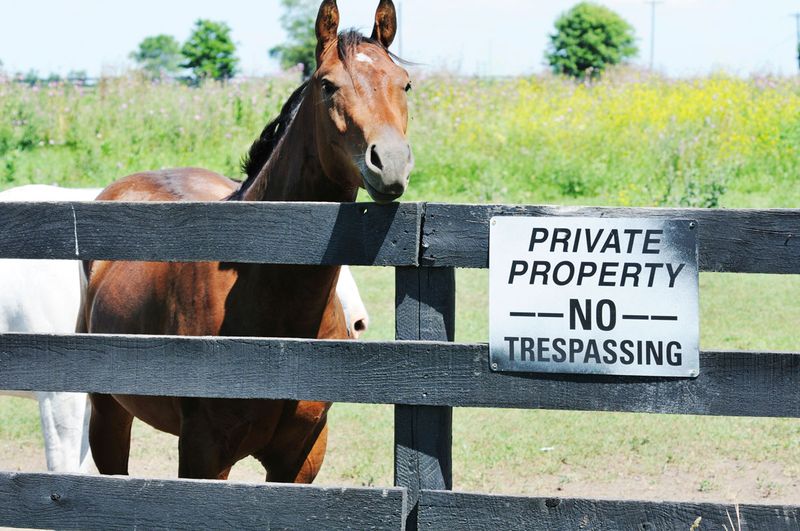
Some visitors come from places where farmland access is customary, so they are surprised by Kentucky’s trespass statutes. In the Commonwealth, fences, posted signs, or even obvious cultivation signal private property, and owners can ask anyone to leave immediately.
Law enforcement emphasizes that respectful mistakes are usually resolved with a warning, but repeated or unsafe behavior can lead to citations. Familiarize yourself with Kentucky’s recreational use and trespass laws, and remember that horses are large animals with handlers focused on safety. If you are uncertain, wave from the road and ask permission rather than walking in.
County visitor centers can clarify public access to trails, parks, and heritage sites. Understanding local norms helps avoid friction and keeps Kentucky welcoming for future travelers. When property lines are clear, your experience stays relaxed and lawful.
7. Better Places to Meet Horses Legally
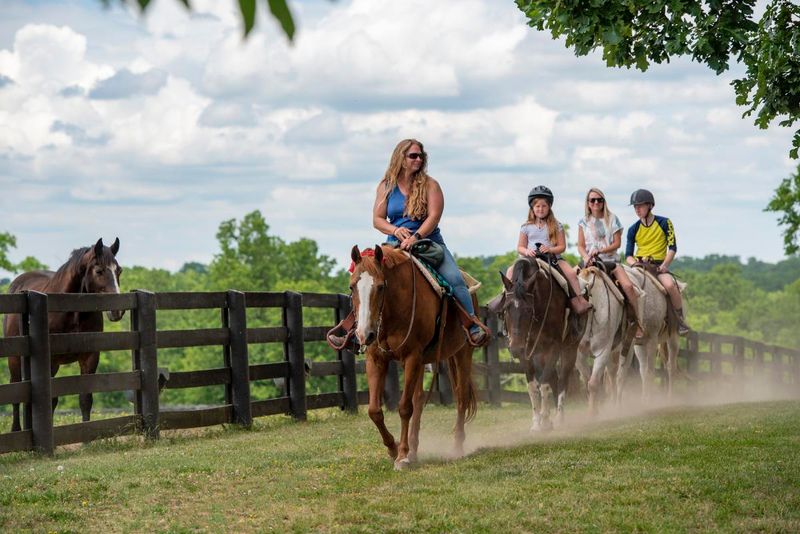
If your goal is time with horses, Kentucky offers legal, well-run options that support animal welfare and education. Book a guided experience at the Kentucky Horse Park in Lexington for museums, demonstrations, and scheduled barn visits. Consider Old Friends in Georgetown to learn about retired Thoroughbreds on docent-led tours.
Horse Country organizes reservations for member farms like Claiborne Farm in Paris and Mill Ridge in Lexington, providing vetted access and storytelling. These venues manage timing, group size, and sanitation, which protects horses and staff. Local visitor bureaus publish current hours and seasonal notes so you can match your itinerary to open days.
Kentucky’s hospitality shines brightest when guests use these channels. You will leave with better photos, reliable facts, and a deeper respect for the people who care for these animals.
Dear Reader: This page may contain affiliate links which may earn a commission if you click through and make a purchase. Our independent journalism is not influenced by any advertiser or commercial initiative unless it is clearly marked as sponsored content. As travel products change, please be sure to reconfirm all details and stay up to date with current events to ensure a safe and successful trip.